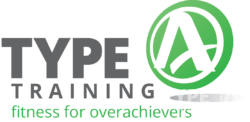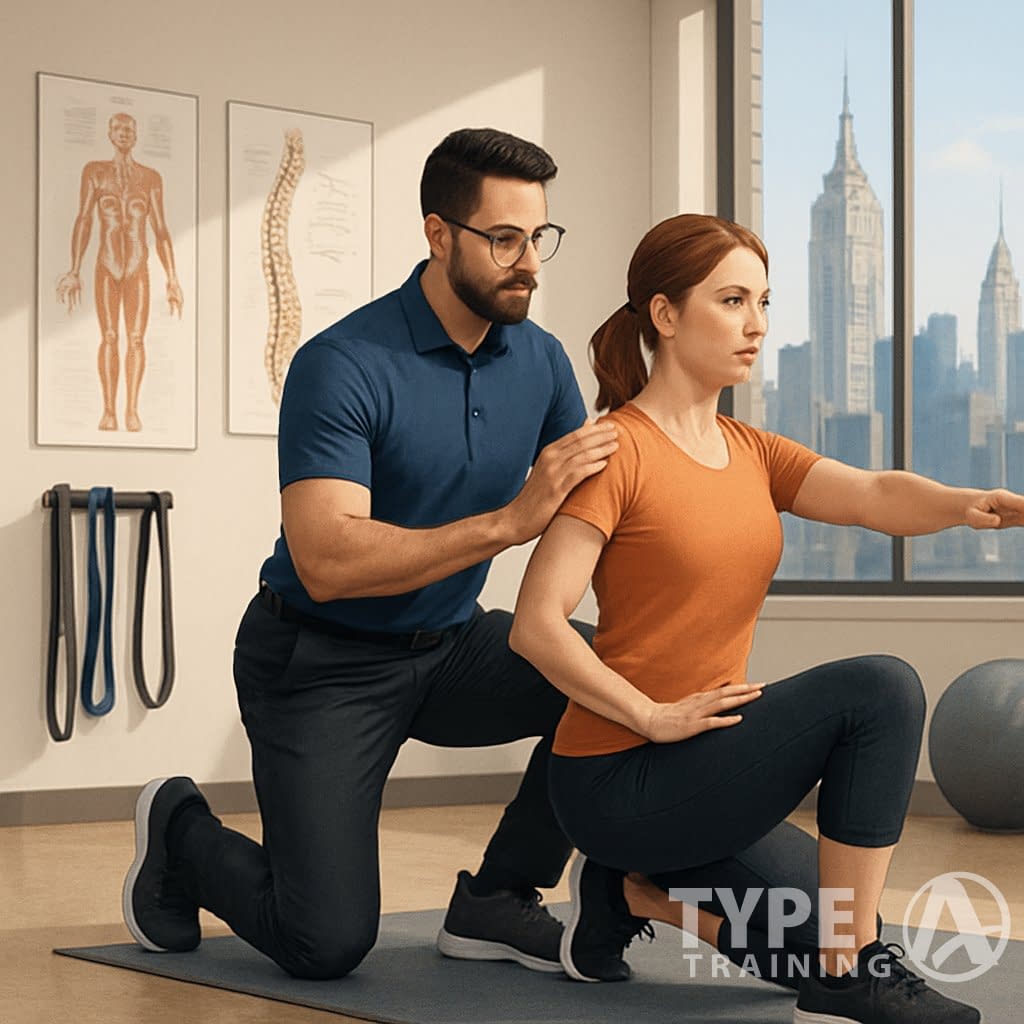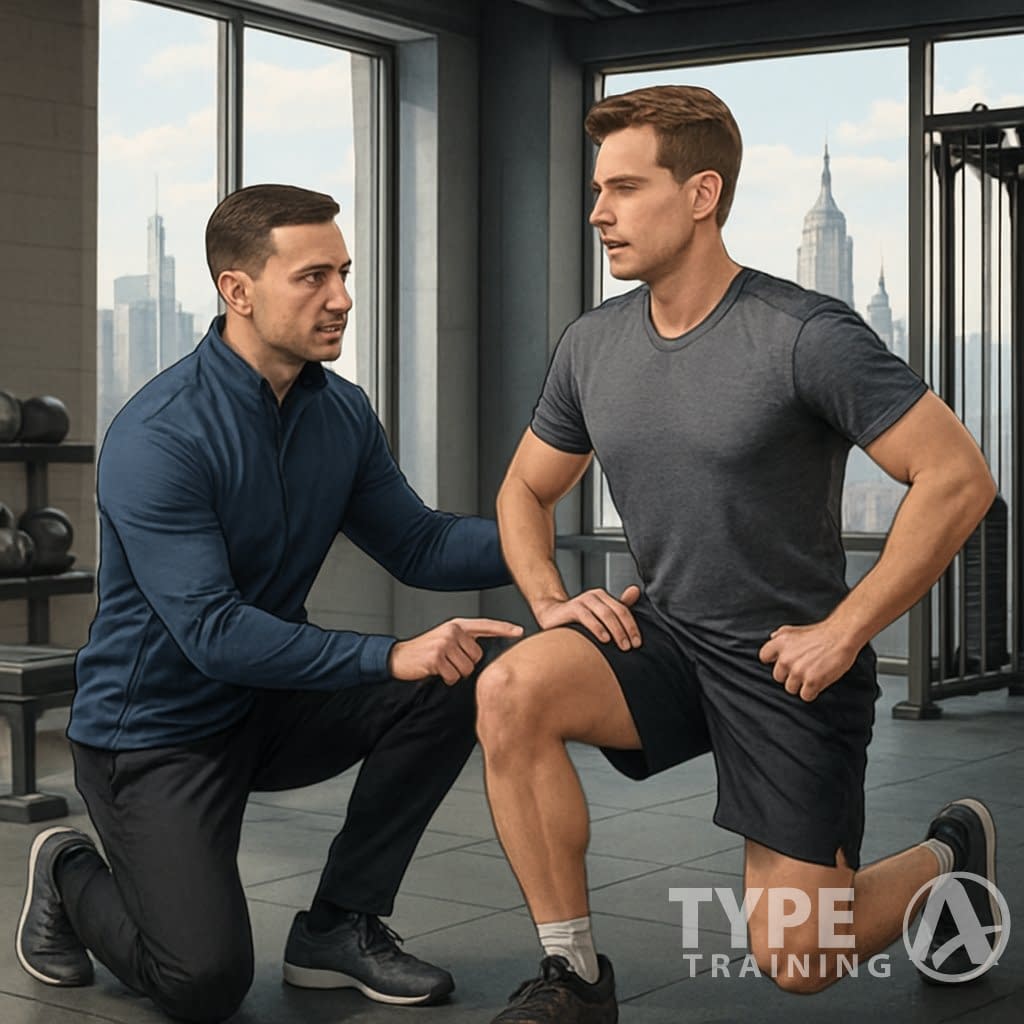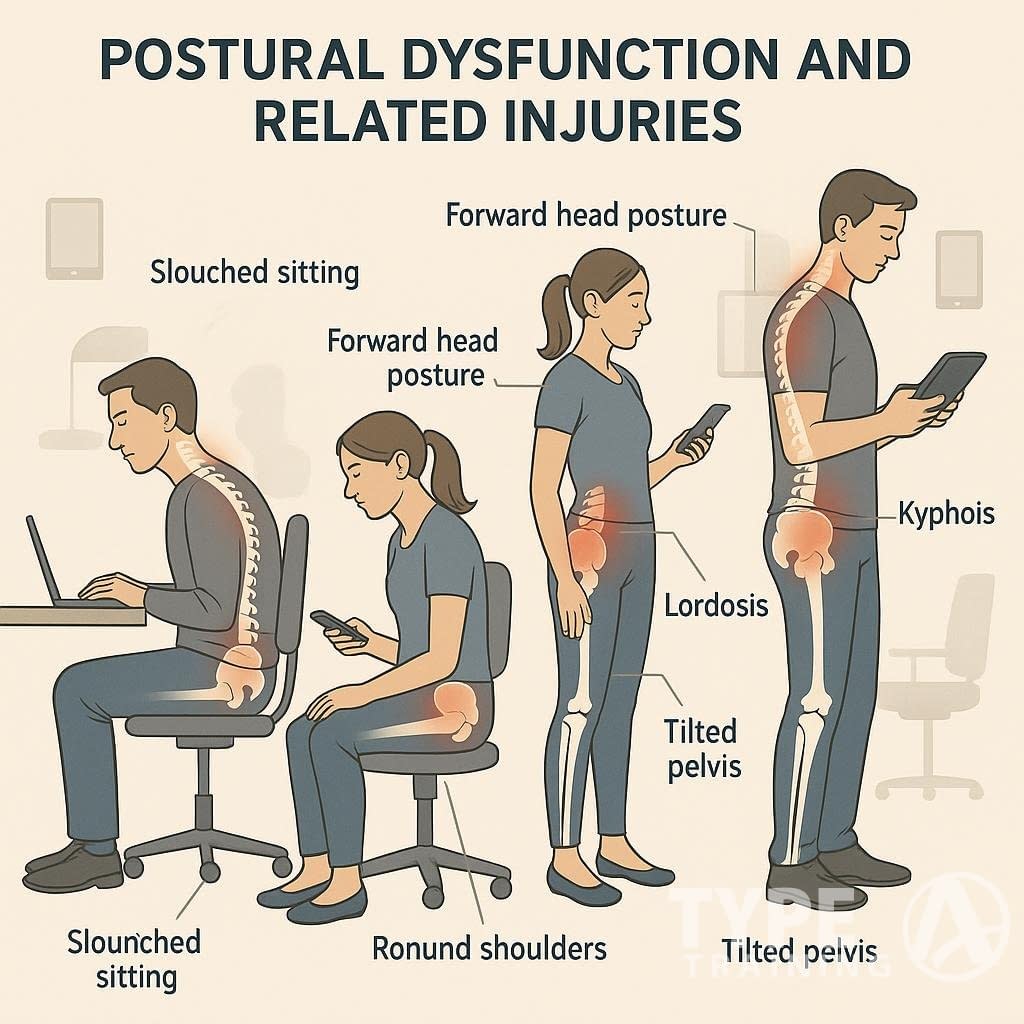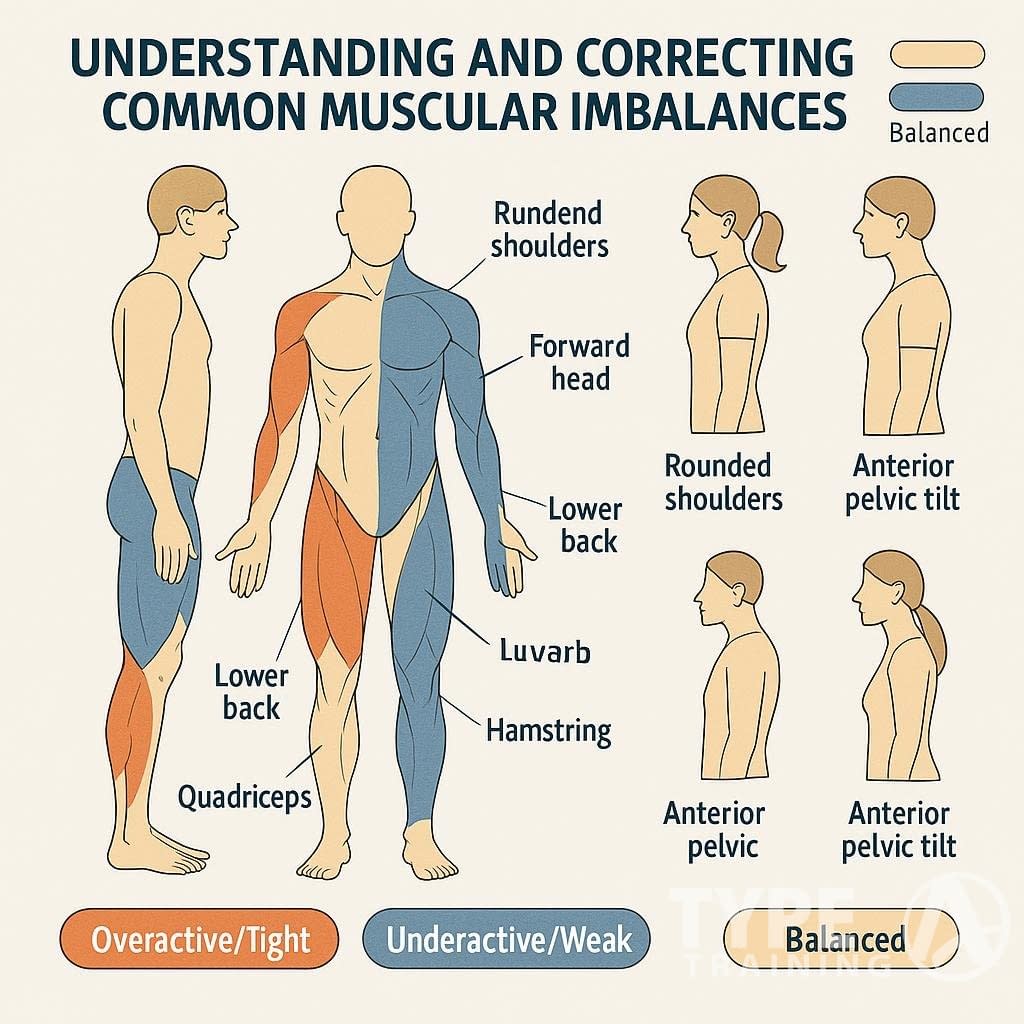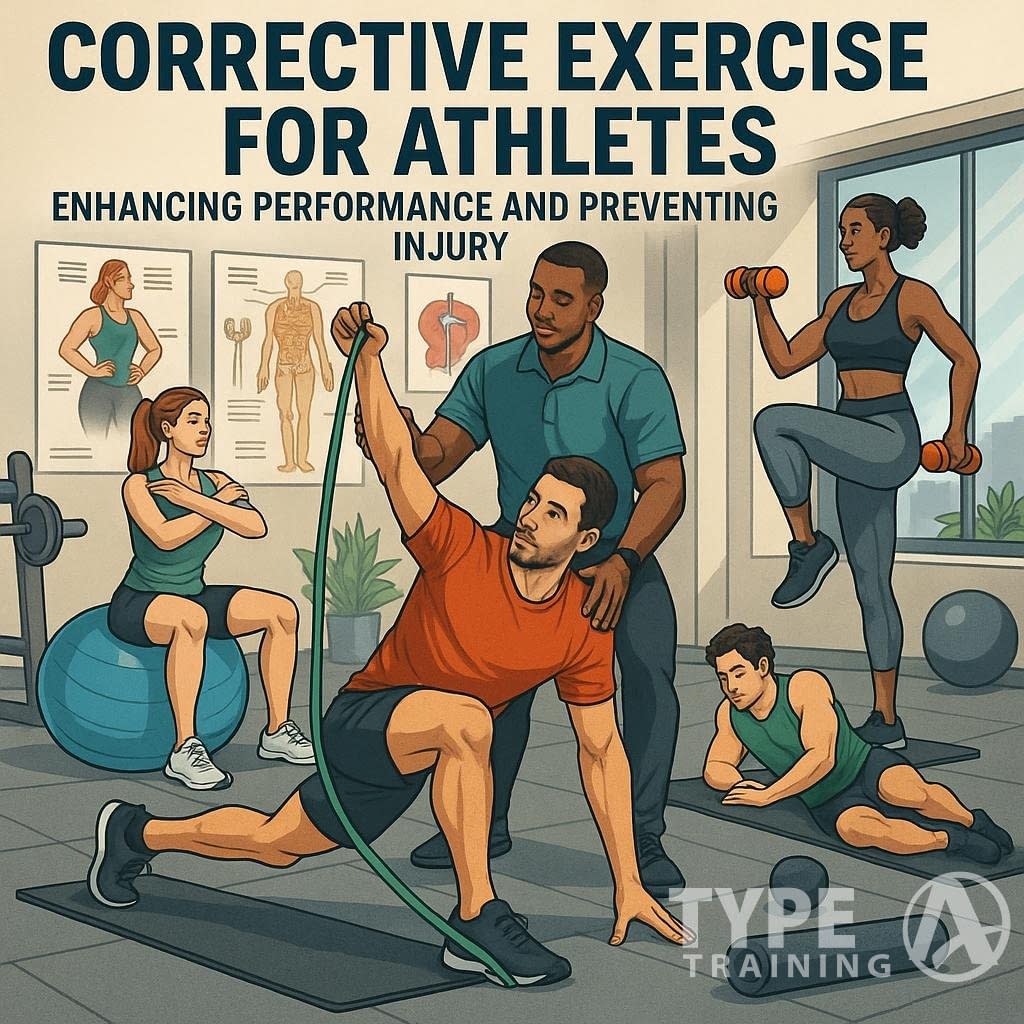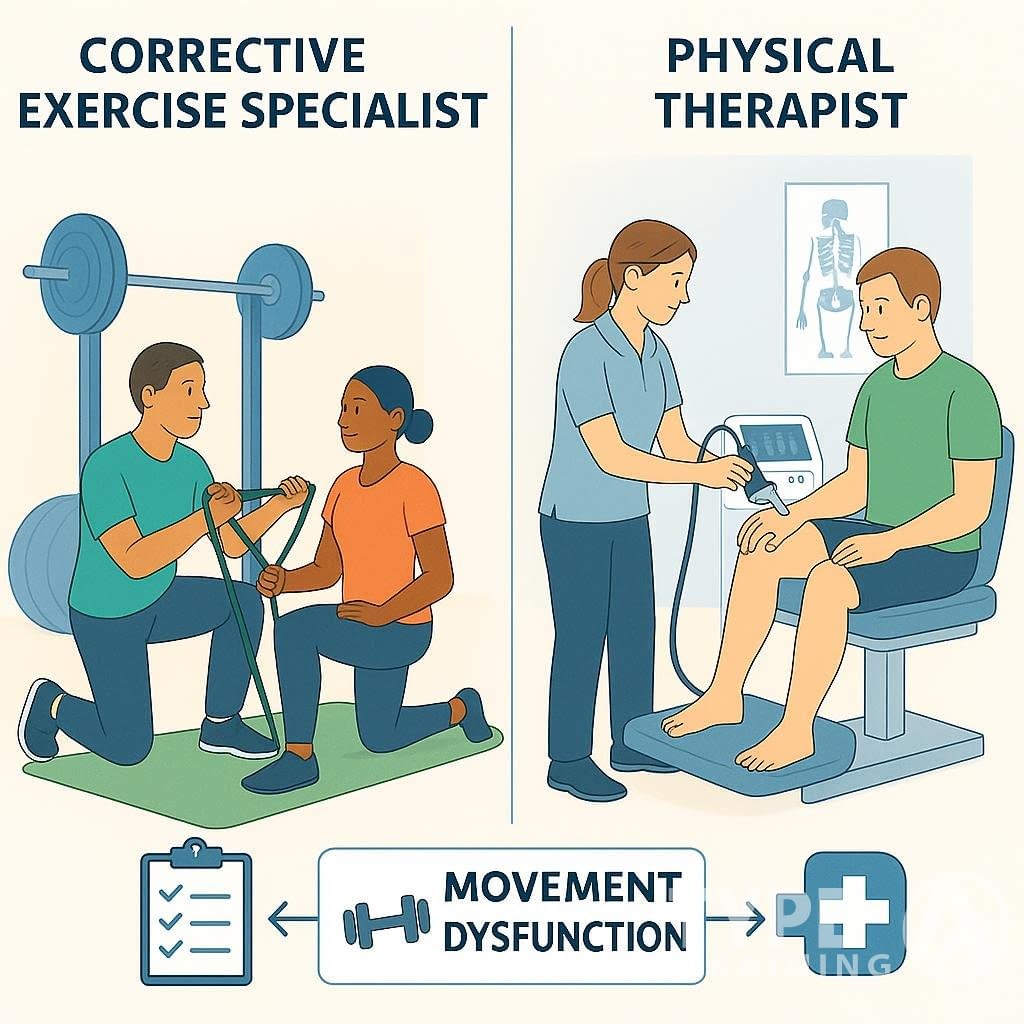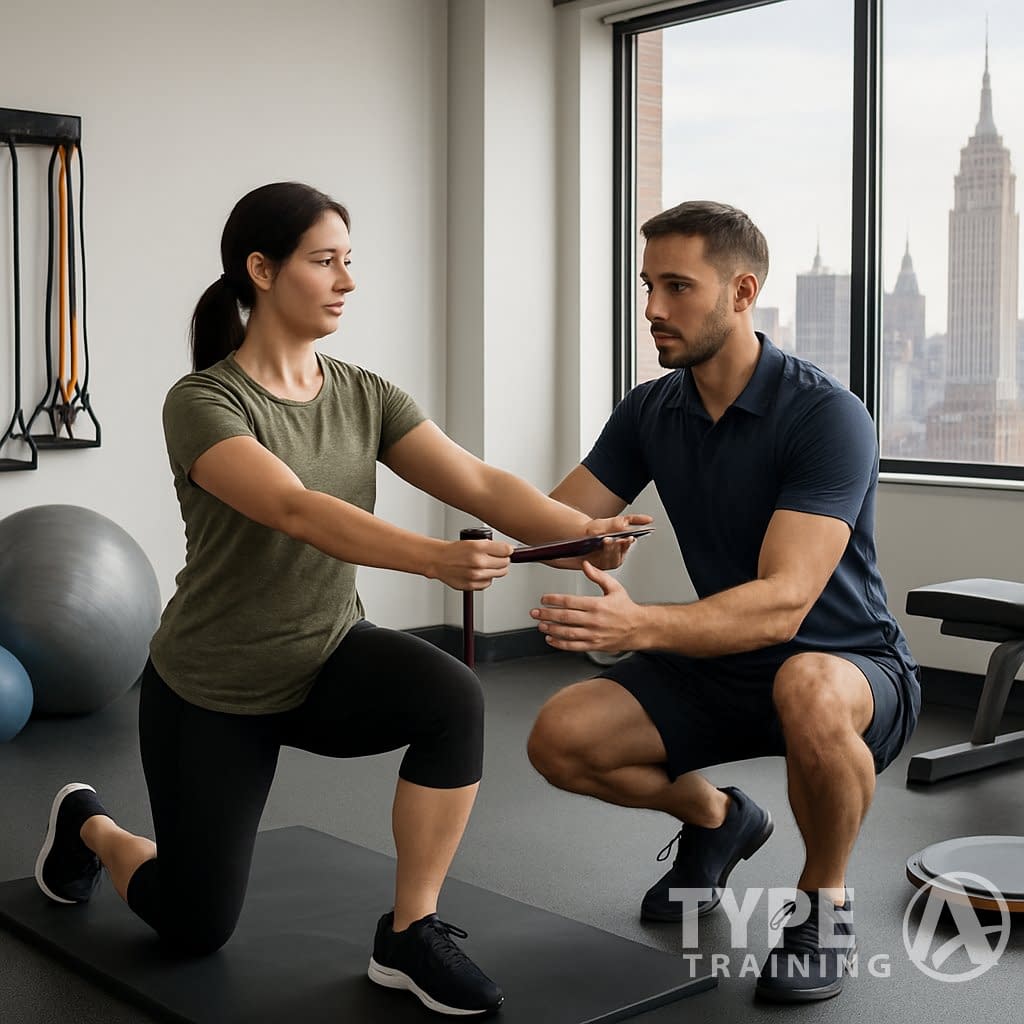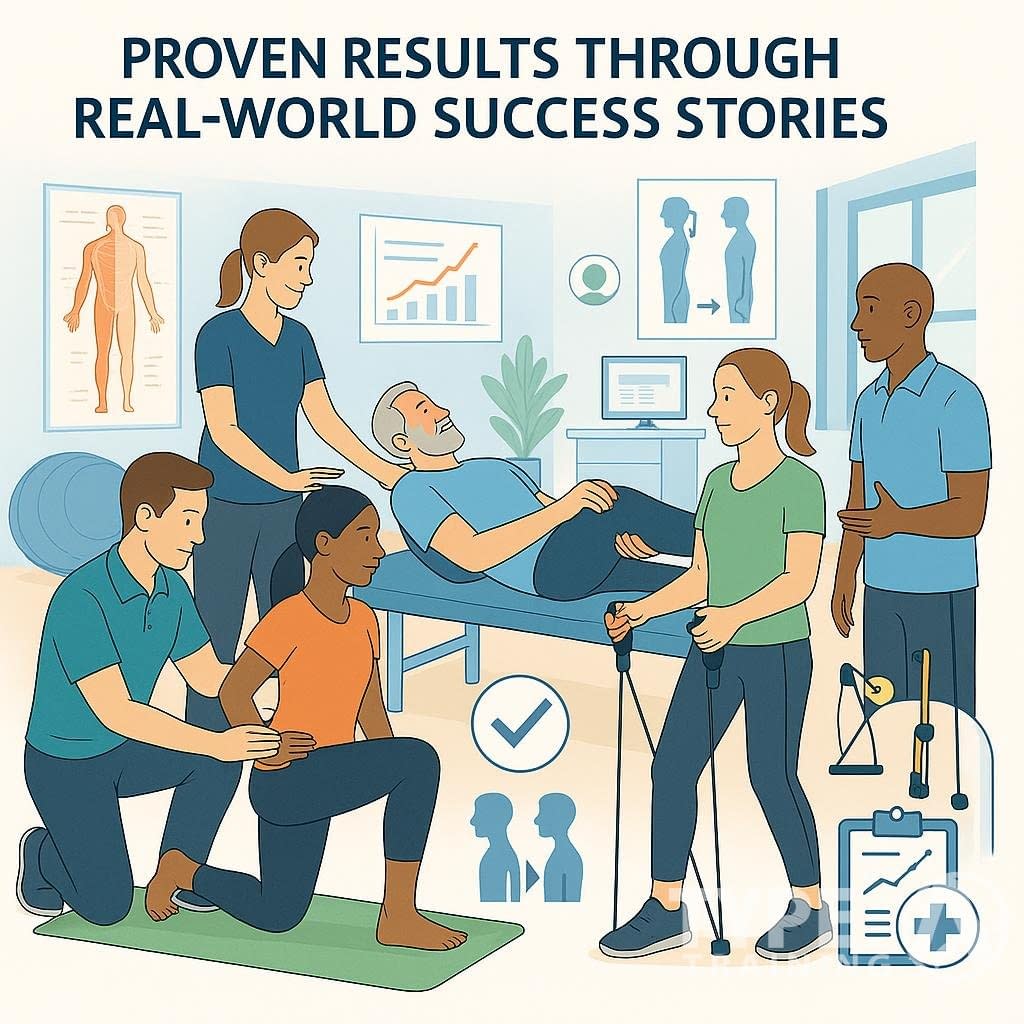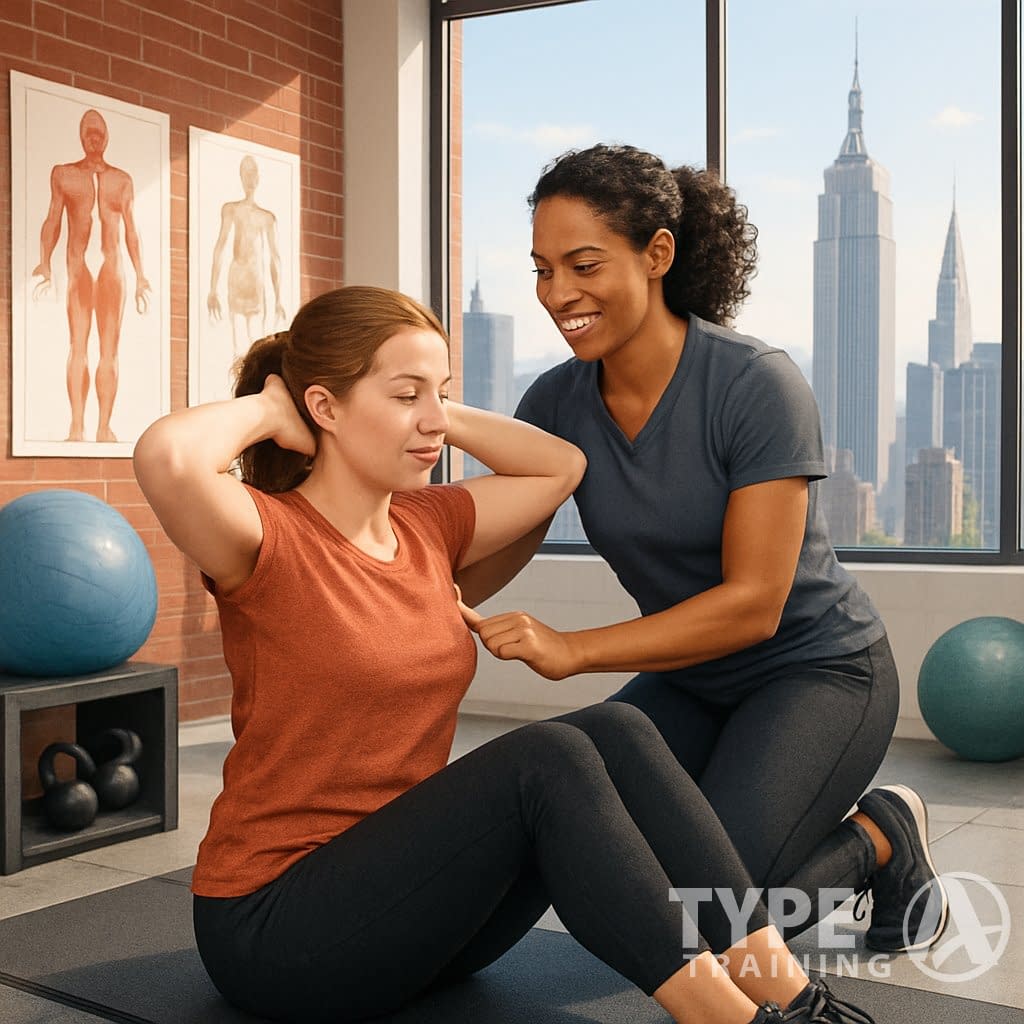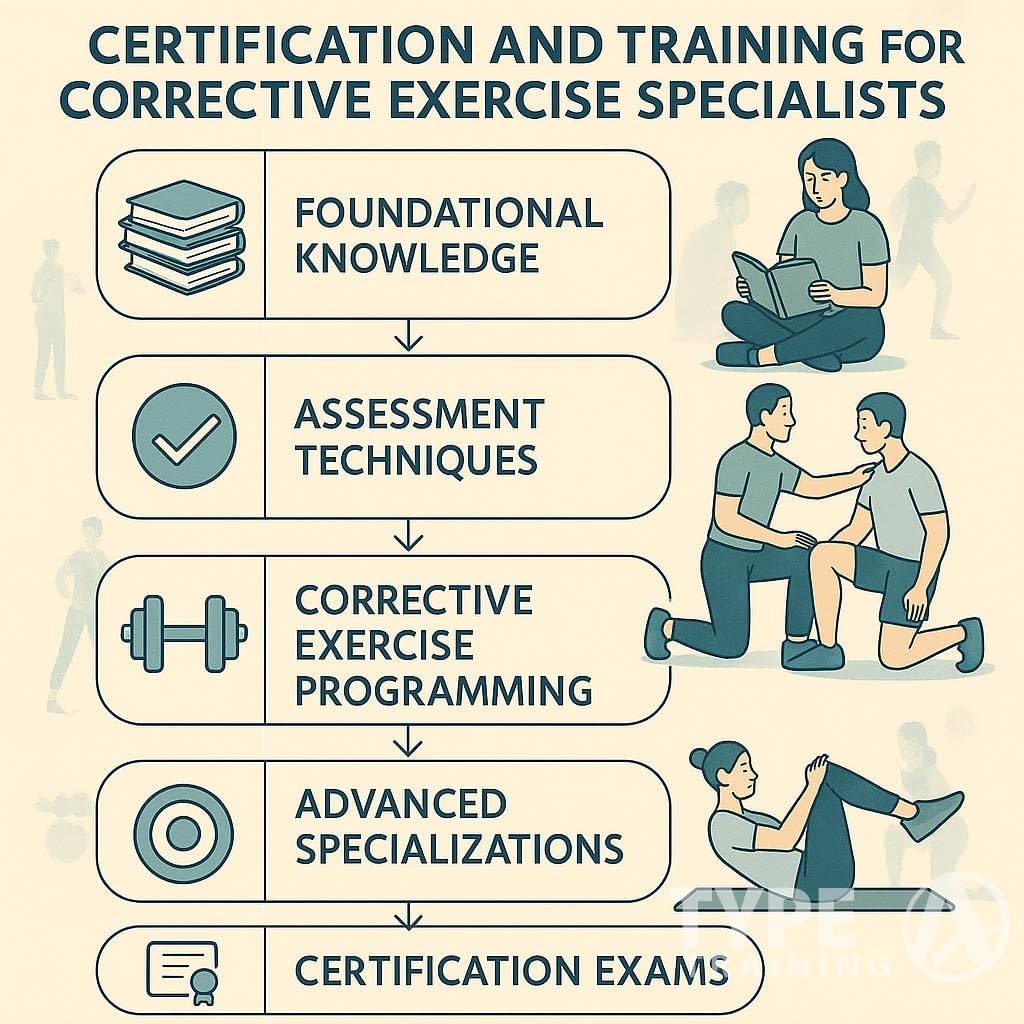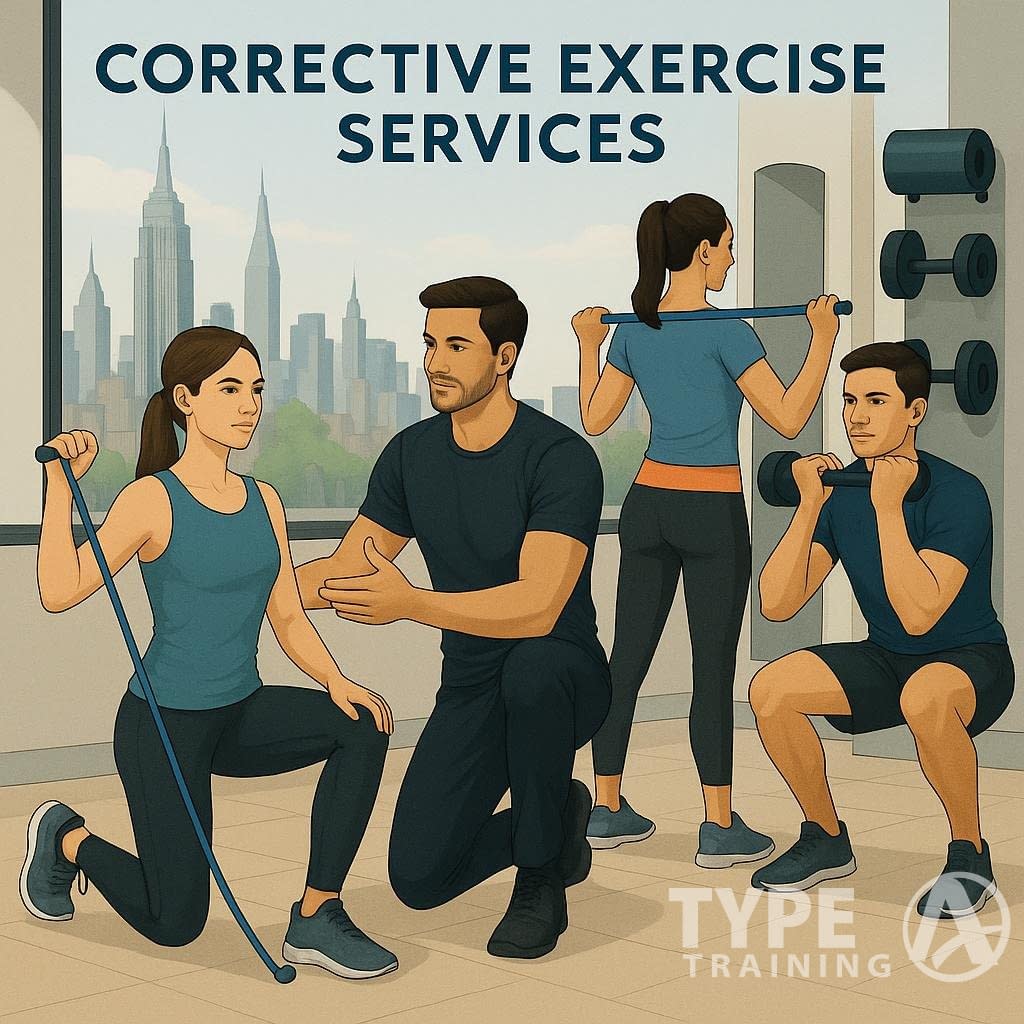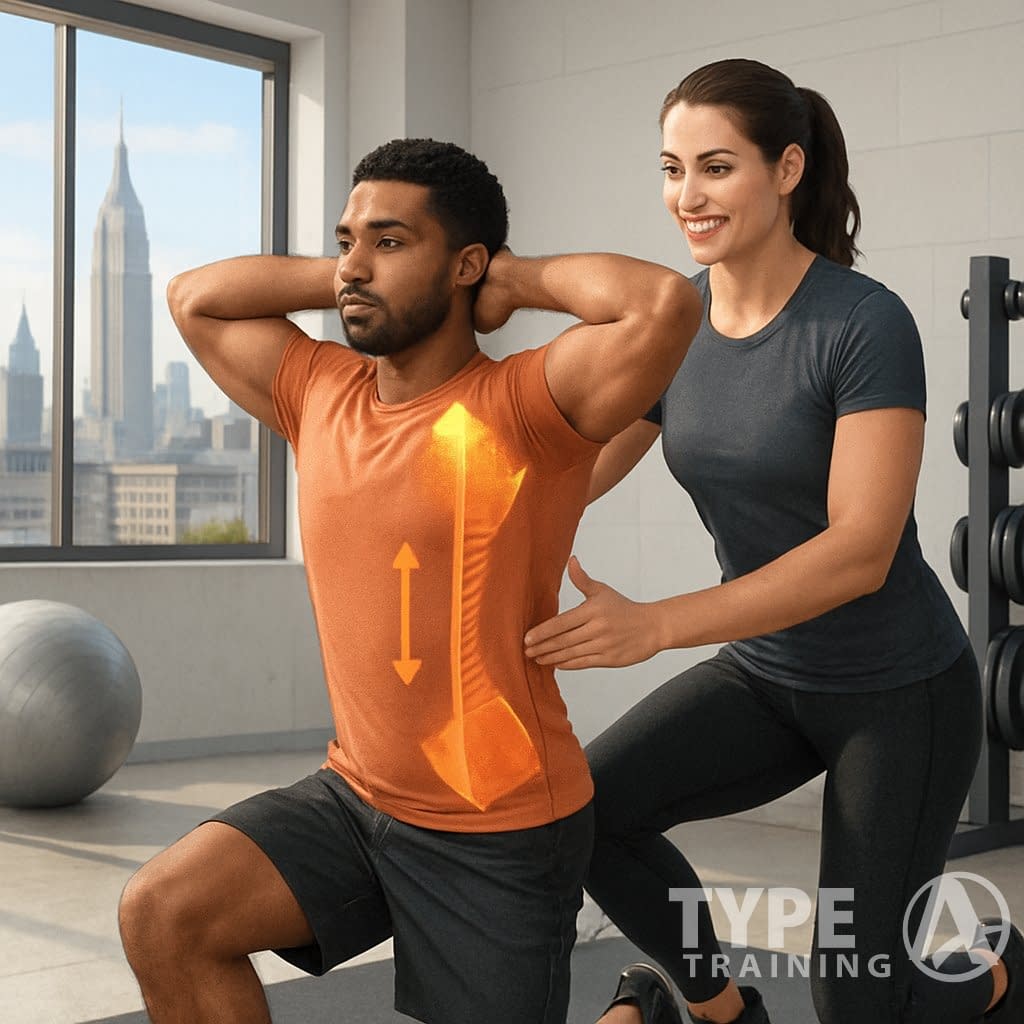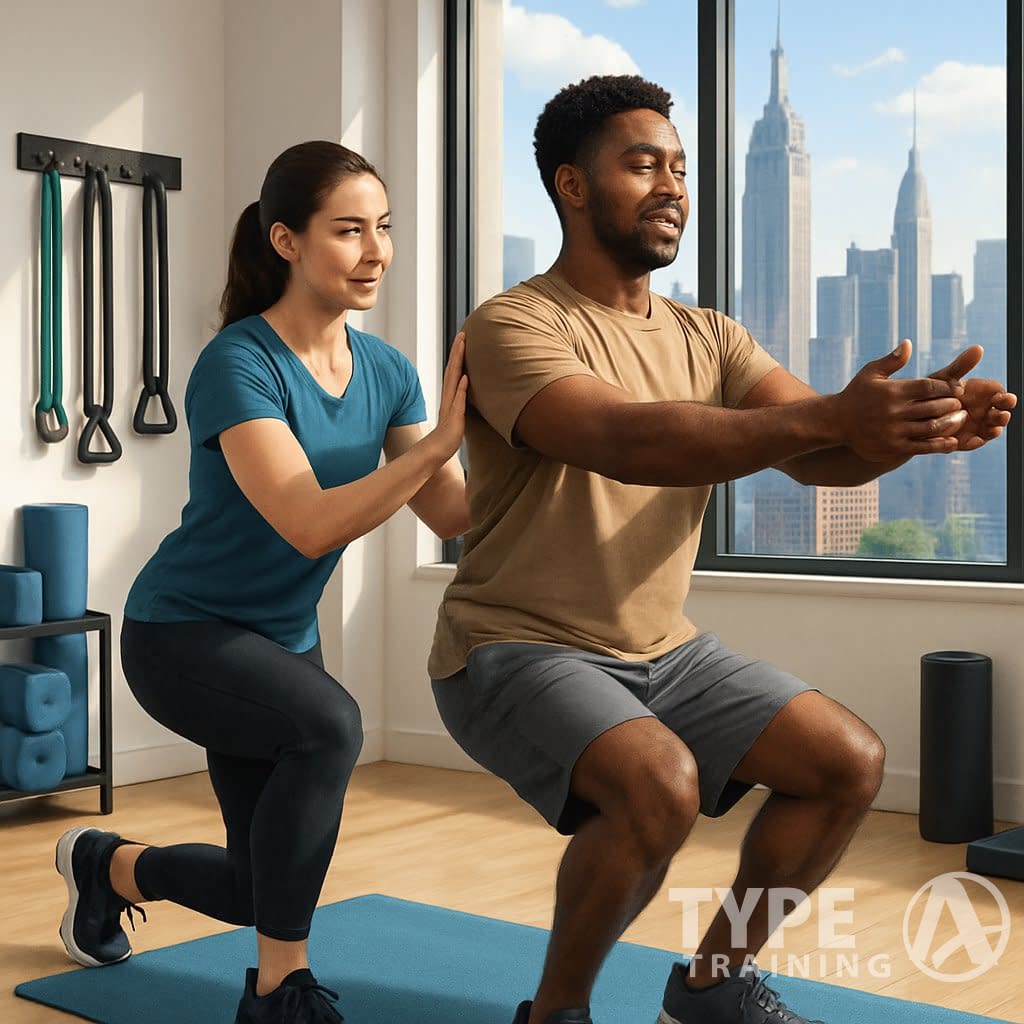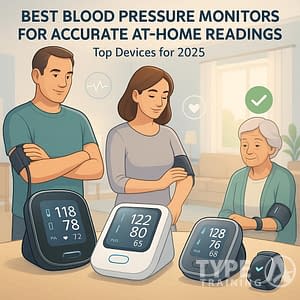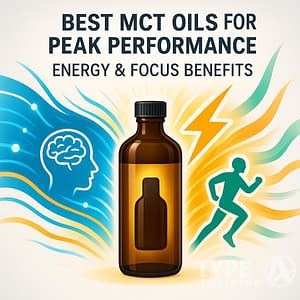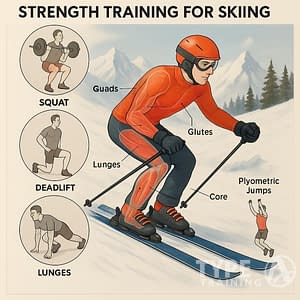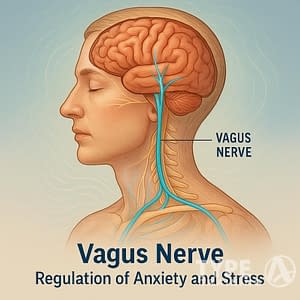If nagging pain or poor posture keeps holding you back, you really don’t have to accept it as your new normal. A Corrective Exercise Specialist in Manhattan looks for the root cause of movement issues and builds a plan that restores balance, strength, and comfort. A corrective exercise specialist Manhattan can guide you through effective strategies tailored to your needs.
You get more than a workout—you get a strategy for pain-free movement and fewer injuries down the line.
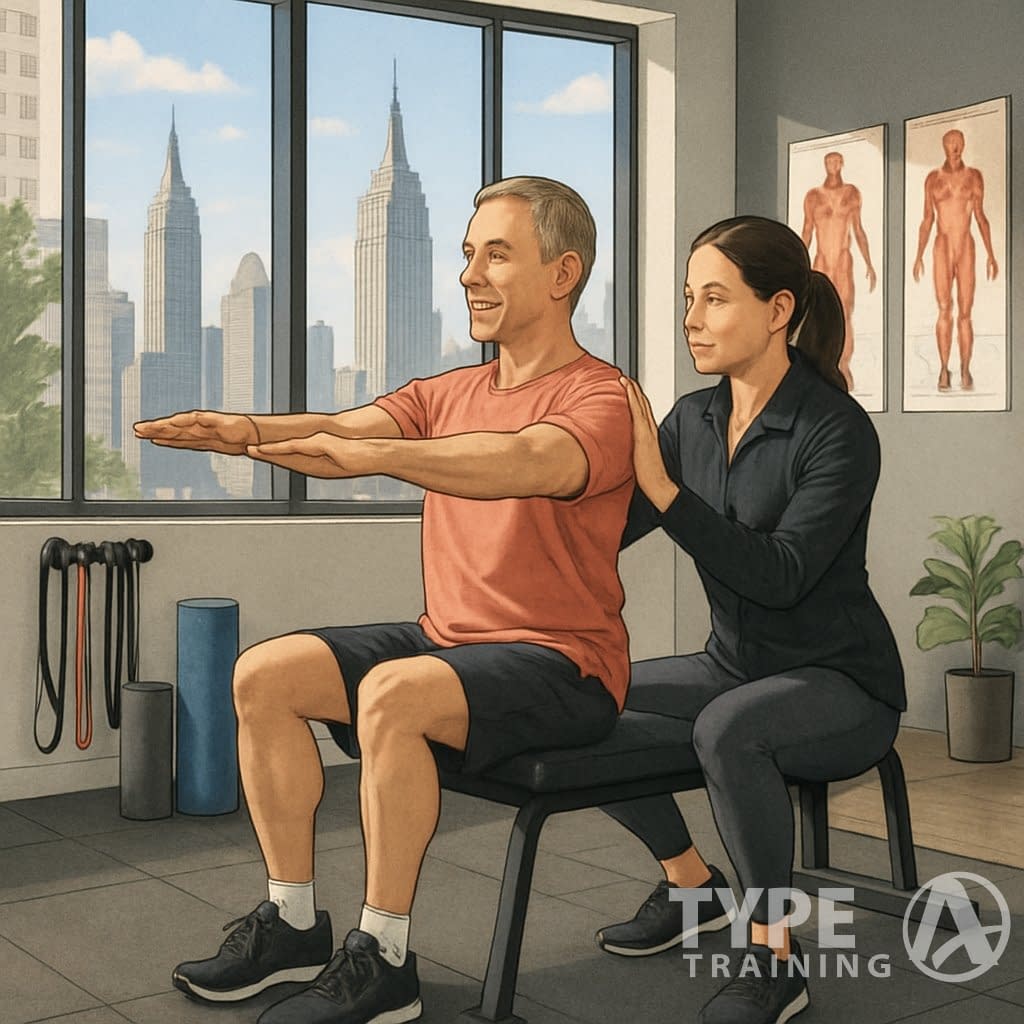
Living in Manhattan usually means sitting at a desk for hours, pounding the pavement, or squeezing in tough workouts. These routines can lead to muscle imbalances, joint stress, and awkward movement patterns.
Popular posts:
A specialist steps in to help you fix these problems with exercises that target posture, reduce discomfort, and just make moving around feel easier.
Maybe you want to stay active, bounce back from old injuries, or just up your game in sports. Corrective exercise gives you a safe, effective path forward.
By working on how your body moves, you get to enjoy training, daily life, and better health with less pain and a bit more confidence.
Key Takeaways
This is where a corrective exercise specialist Manhattan can significantly enhance your training experience.
- Corrective exercise goes after the root cause of pain and imbalance
- Specialists create tailored programs to restore healthy movement
- Good posture, strength, and performance start with proper alignment
What Is a Corrective Exercise Specialist?
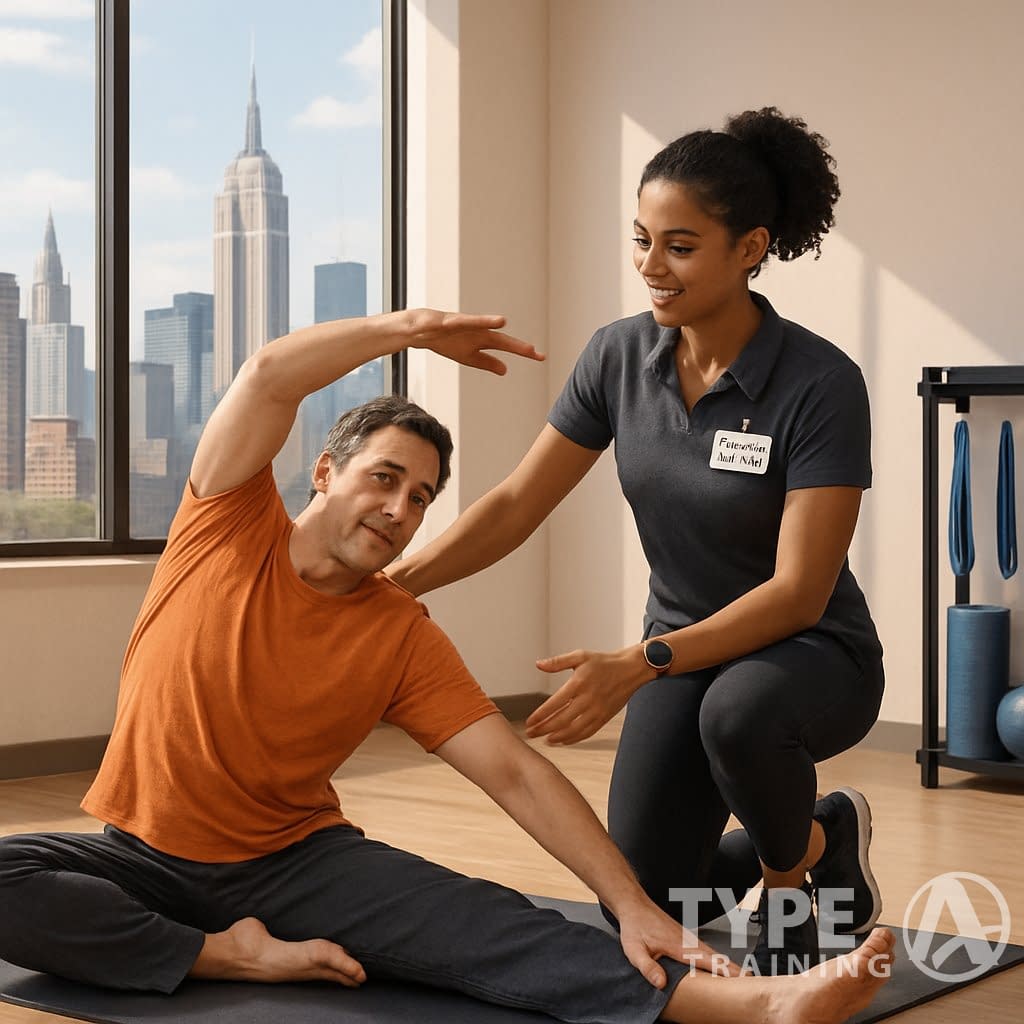
A Corrective Exercise Specialist (CES) is a fitness pro who checks how you move and spots imbalances that might cause pain or hold you back. They focus on posture, joint mobility, and movement quality—not just making you sweat or lift heavier.
Unlike a typical personal trainer, a CES digs into the why behind your movement struggles. While trainers help you get fit, a CES creates targeted strategies to deal with the real reasons for your discomfort or dysfunction.
With a CES, you can expect:
- Detailed movement assessments
- Spotting weak or overactive muscles
- Exercise plans that bring your body back into balance
- Guidance on proper movement patterns for both daily life and workouts
Here’s a quick side-by-side:
| Personal Trainer | Corrective Exercise Specialist |
|---|---|
| Focuses on goals like weight loss or strength | Focuses on fixing movement problems and pain |
| Designs general workout plans | Creates custom corrective programs |
| Boosts overall health and performance | Restores proper function before pushing performance |
When you work with a CES, you get exercises that build strength and help you move with less strain. That makes workouts safer and supports progress in the long run.
To understand how specialists treat these injuries, start with what a corrective exercise specialist does and their qualifications.
The Science and Training Behind Corrective Exercise Specialists
Corrective exercise sits on a foundation of anatomy and biomechanics. You get to know how muscles, joints, and the nervous system all work together—or sometimes, don’t.
By studying movement, you spot weak or overactive muscles. Then you can put together simple, targeted exercises to help restore balance. That’s what keeps things safe and actually effective.
To become a corrective exercise specialist, you need some formal training. Certification programs teach you how to assess movement, plan exercises, and track progress without just guessing.
Some of the top certifications are:
- NASM-CES (Corrective Exercise Specialization)
- ACE Corrective Exercise Specialist
- MES (Medical Exercise Specialist)
- The BioMechanics Method CES
Each program covers functional anatomy, movement assessments, and program design. You’ll get a mix of theory and hands-on skills, which honestly is the only way to really learn this stuff.
| Certification | Focus Area | Common Use |
|---|---|---|
| NASM-CES | Human movement science | Fitness and performance |
| ACE CES | Functional anatomy and assessments | Personal training |
| MES | Post-rehab and clinical exercise | Healthcare settings |
| TBMM-CES | Musculoskeletal assessment | Pain reduction and recovery |
This scientific approach is what makes corrective exercise effective for injury treatment. Learn more about the anatomy, biomechanics, and proven principles.
How Corrective Exercise Specialists Assess Movement Dysfunction
A corrective exercise specialist starts by watching how you move—during daily life and basic exercises. They’re looking for imbalances, compensations, or restrictions that mess with your posture, strength, or mobility.
Assessment comes first because it shows where you’re at. Without that, it’s nearly impossible to put together a plan that actually helps you move or feel better.
One tool you’ll probably run into is the overhead squat assessment. Here, you squat down with your arms up, and the specialist keeps an eye on your knees, hips, and shoulders to spot any odd movement or compensation.
They might also check:
- Posture while you stand or sit
- Joint mobility in hips, shoulders, and ankles
- Balance and stability—just to see how steady you are
Specialists usually organize their findings in a straightforward way:
| Area Tested | What They Look For | Possible Issue Found |
|---|---|---|
| Posture | Alignment of spine and shoulders | Rounded shoulders, forward head |
| Squat Pattern | Knee and hip movement | Knees collapsing inward |
| Mobility | Range of motion in joints | Limited ankle or hip motion |
With all this info, your specialist can start making connections between how you move and any pain or limits you feel.
Proper assessment identifies the root causes of injury. Discover how corrective exercise specialists assess movement dysfunction.
Postural Dysfunction and Related Injuries
Poor posture has become epidemic in our modern society, with prolonged sitting, device usage, and sedentary lifestyles creating widespread postural dysfunction. Corrective exercise specialists frequently treat injuries directly related to these postural imbalances, which often develop gradually and create compensatory movement patterns throughout the body.
Common Postural Problems Treated by Specialists
| Postural Problem | Description | Common Symptoms | Primary Causes |
|---|---|---|---|
| Forward Head Posture | Head shifts forward from optimal position over shoulders | Chronic neck pain, headaches, shoulder impingement | Computer work, smartphone use, poor ergonomics |
| Rounded Shoulder Syndrome | Shoulders roll forward and inward | Shoulder pain, reduced ROM, rotator cuff injury risk | Shortened pectorals, weak rhomboids/mid-traps |
| Excessive Thoracic Kyphosis | Increased upper back curve creating hunched appearance | Restricted mobility, impaired breathing, spinal stress | Prolonged sitting, weak posterior chain |
| Anterior Pelvic Tilt | Pelvis tilts forward creating exaggerated lumbar curve | Lower back pain, hip dysfunction, altered gait | Tight hip flexors, weak gluteal muscles |
| Lateral Postural Deviations | Lateral pelvic tilts and scoliotic curves | One-sided tightness, asymmetrical loading | Muscle imbalances, compensatory movements |
Forward Head Posture strains the cervical spine, creates tension in the upper trapezius and suboccipital muscles, and typically develops from prolonged computer work, smartphone use, and poor ergonomic setups.
Rounded Shoulder Syndrome frequently accompanies forward head posture, shortening the pectoral muscles while weakening the rhomboids and middle trapezius, creating muscle imbalances that contribute to shoulder pain and increased rotator cuff injury risk.
Excessive Thoracic Kyphosis restricts thoracic spine mobility, impairs breathing mechanics, and places additional stress on the cervical and lumbar regions as they compensate for reduced thoracic extension.
Anterior Pelvic Tilt typically results from tight hip flexors and weak gluteal muscles, leading to lower back pain, hip dysfunction, and altered gait patterns that affect the entire kinetic chain.
Lateral Postural Deviations often result in one-sided muscle tightness and weakness, leading to compensatory movements that increase injury risk throughout the spine and extremities.
Corrective exercise specialists address these postural problems through systematic approaches that first restore proper joint mobility, then strengthen weakened muscles while lengthening tight tissues.
Treatment protocols emphasize movement reeducation to help patients develop awareness of proper alignment and maintain postural improvements in daily activities.
Poor posture leads to many common injuries that specialists treat effectively. Get our complete guide to corrective exercises for posture improvement that addresses these fundamental alignment issues and helps restore optimal postural mechanics for pain-free movement.
Understanding and Correcting Common Muscular Imbalances
Muscular imbalances represent one of the most prevalent underlying causes of movement dysfunction and injury. These imbalances develop when certain muscle groups become overactive and tight while their opposing muscles become weak and inhibited, creating compensatory movement patterns that stress joints and soft tissues.
Common Muscular Imbalance Patterns
| Imbalance Pattern | Overactive/Tight Muscles | Weak/Inhibited Muscles | Common Results |
|---|---|---|---|
| Upper Cross Syndrome | Upper trapezius, levator scapulae, pectorals | Deep neck flexors, lower trapezius | Forward head posture, neck pain, headaches |
| Lower Cross Syndrome | Hip flexors, erector spinae | Gluteals, abdominals | Anterior pelvic tilt, lower back pain |
| Lateral Imbalances | Dominant side muscles | Non-dominant side muscles | Hip hiking, uneven loading, injury risk |
Upper Cross Syndrome affects millions of desk workers and involves tight upper trapezius, levator scapulae, and pectorals combined with weak deep neck flexors and lower trapezius muscles. This pattern creates forward head posture, rounded shoulders, and thoracic kyphosis, leading to neck pain, headaches, and shoulder impingement.
Lower Cross Syndrome commonly presents with tight hip flexors and erector spinae paired with weak gluteals and abdominals. This imbalance produces anterior pelvic tilt, lumbar lordosis, and compensatory hip extension patterns that contribute to lower back pain and hip dysfunction.
Lateral imbalances frequently occur in athletes and active individuals, where one side of the body becomes dominant.
These asymmetries create uneven loading patterns during movement, increasing injury risk and reducing performance efficiency. Common presentations include hip hiking, lateral pelvic shifts, and unilateral muscle tightness.
Corrective exercise specialists address these imbalances through systematic approaches that first inhibit overactive muscles through targeted stretching and soft tissue techniques.
Next, they activate weakened muscles using isolation exercises and movement reeducation. Finally, they integrate corrected patterns through functional movement training that reinforces proper muscle recruitment sequences.
The key to successful imbalance correction lies in understanding the relationship between muscles and their compensatory patterns. For example, tight hip flexors don’t just affect hip mobility—they inhibit gluteal activation and alter lumbar spine positioning, creating a cascade of movement dysfunction throughout the kinetic chain.
Treatment protocols typically progress from static positions to dynamic movements, ensuring that corrected muscle activation patterns transfer to real-world activities. This systematic approach prevents the return of compensatory patterns that initially created the imbalances.
Understanding these patterns is crucial for treatment success. Learn about common muscular imbalances and corrective solutions that address these fundamental movement dysfunctions and restore optimal muscle balance for pain-free movement and improved performance.
Corrective Exercise for Athletes: Enhancing Performance and Preventing Injury
If you’re active in Manhattan—maybe running in Central Park, lifting at CrossFit, or hitting yoga—your body takes a beating. Small imbalances or sloppy movement patterns sneak up over time and can hold you back. Corrective exercise steps in before those problems get serious.
You start learning to move with better alignment so the right muscles do their job. That way, you’re not overusing your joints or relying on weaker spots to pick up the slack.
Key benefits of corrective exercise for athletes:
- Improved posture for smoother, pain-free movement
- Reduced risk of injury by balancing muscle activation
- Better performance in strength, endurance, and mobility
- Faster recovery from training stress
Take running, for example—retraining your hips and core to stabilize can stop your lower back from overworking. For CrossFit, dialing in shoulder control helps protect you during overhead lifts. Even in yoga, fixing joint alignment means you can hold poses without nagging aches.
| Focus Area | Common Issue | Corrective Goal |
|---|---|---|
| Running | Hip drop, knee pain | Strengthen glutes, core stability |
| CrossFit | Shoulder strain, poor squat | Improve mobility, motor control |
| Yoga | Joint misalignment, tightness | Increase flexibility, balance |
Athletes need specialized approaches for injury treatment and prevention. Explore corrective exercise for athletic performance and injury prevention.
Corrective Exercise vs Physical Therapy: Treatment Approaches
Understanding the differences between corrective exercise specialists and physical therapists helps patients choose the most appropriate professional for their specific needs. While both disciplines address movement dysfunction and injury rehabilitation, their approaches, scope of practice, and treatment methodologies differ significantly.
Professional Comparison: Corrective Exercise vs Physical Therapy
| Aspect | Physical Therapy | Corrective Exercise Specialist |
|---|---|---|
| Practice Model | Medical model, physician referrals | Fitness/performance model, direct access |
| Primary Focus | Injury rehabilitation, functional restoration | Movement optimization, injury prevention |
| Scope of Practice | Manual therapy, modalities, joint mobilization | Exercise prescription, movement coaching |
| Treatment Duration | Shorter-term (weeks to months) | Longer-term, ongoing integration |
| Assessment Methods | Medical evaluations, pain assessments, ROM testing | Movement screens, postural assessments |
| Client Population | Acute injuries, post-surgical, medical conditions | Movement dysfunction, prevention, optimization |
Physical therapy operates within a medical model, requiring physician referrals and focusing primarily on injury rehabilitation and functional restoration. Physical therapists diagnose movement disorders, treat acute injuries, and work within healthcare systems to restore patients to pre-injury status.
Their treatment often involves manual therapy, modalities like ultrasound and electrical stimulation, and exercise prescription for specific pathology.
Corrective exercise specialists work within a fitness and performance model, emphasizing movement optimization and injury prevention.
They focus on identifying and correcting movement dysfunctions before they become injuries, addressing muscular imbalances, postural deviations, and compensatory movement patterns. Their approach centers on exercise-based interventions and movement reeducation.
Treatment duration typically varies between approaches. Physical therapy often involves shorter-term interventions focused on specific injury recovery, usually lasting weeks to months. Corrective exercise programs tend to emphasize longer-term movement pattern changes and often integrate with ongoing fitness routines for sustained benefits.
Integration opportunities exist where both professionals can work collaboratively. Patients may begin with physical therapy for acute injury management and transition to corrective exercise specialists for long-term movement optimization and injury prevention strategies.
The choice between professionals depends on your current condition, goals, and needs. Acute injuries and post-surgical recovery typically require physical therapy, while movement optimization, posture improvement, and injury prevention align with corrective exercise specialization.
Understanding these differences helps you choose the right professional. Read our comparison of corrective exercise versus physical therapy to make an informed decision about which approach best serves your movement health needs and goals.
Tools & Equipment for Corrective Exercise: Essential Guide
Corrective exercise usually relies on simple tools to help you move better and feel less sore. These are easy to adapt for any fitness level and let you zero in on specific muscles.
Foam rollers help release tight muscles and boost circulation. You can use them before or after workouts to shake off tension and get ready to move.
Resistance bands are lightweight, portable, and surprisingly versatile. They help you strengthen weak spots, improve mobility, and practice good movement—without lugging around heavy gear.
Stability balls make you work your balance and core. They’re great for posture drills and for getting multiple muscle groups firing together.
Other handy tools include:
- Light free weights for specific strength work
- Massage balls to dig into tight spots
- Balance pads for extra stability and joint control
| Tool | Primary Use | Benefit |
|---|---|---|
| Foam Roller | Muscle release, mobility | Reduces tension, aids recovery |
| Resistance Band | Strength and activation | Builds control and flexibility |
| Stability Ball | Balance and posture | Improves core stability |
Using these tools, you can tackle muscle imbalances, work on your posture, and just move more freely. Each piece has its place in a well-rounded corrective exercise routine.
The right equipment enhances treatment effectiveness. See our guide to essential corrective exercise tools and equipment.
Case Studies: Corrective Exercise Success in Rehabilitation
Case studies demonstrate the effectiveness of evidence-based corrective approaches in treating common movement dysfunctions.
Documented Success Stories
| Case Type | Patient Profile | Primary Issues | Results | Timeline |
|---|---|---|---|---|
| Upper Cross Syndrome | 34-year-old software developer | Neck pain, rounded shoulders, headaches | Complete symptom resolution, maintained improvements | 12 weeks |
| Athletic Performance | Collegiate basketball player | Recurring ankle sprains, hip impingement | 40% injury reduction, improved jump performance | One season |
Upper Cross Syndrome Recovery: A software developer with severe neck pain, rounded shoulders, and chronic headaches achieved complete symptom resolution through systematic corrective exercise targeting posterior chain strengthening and anterior chest mobilization.
Follow-up assessments at six months showed maintained postural improvements and zero pain recurrence.
Athletic Performance Enhancement: A collegiate basketball player with recurring ankle sprains underwent comprehensive movement assessment revealing significant glute weakness and ankle mobility restrictions.
The corrective program focused on hip stability and ankle mobilization, resulting in 40% fewer injuries and improved vertical jump performance.
These outcomes reflect the power of addressing root causes rather than symptoms alone. Each success story began with comprehensive movement assessment, progressed through systematic corrective programming, and emphasized long-term movement education.
Real results demonstrate the power of proper corrective exercise. Read detailed case studies of successful rehabilitation outcomes to understand the complete treatment approaches that achieved these remarkable transformations.
Benefits of Hiring a Corrective Exercise Specialist in Manhattan
When you work with a Corrective Exercise Specialist in Manhattan, you get someone focused on pain relief and smoother movement. They spot muscle imbalances and movement quirks that often cause discomfort at work or in the gym.
You lower your risk of future injuries, too. Tackling the actual causes of movement issues means you can build real strength and mobility that lasts—especially if you’re stuck at a desk most days but go hard on weekends.
Performance gets a boost as well. Whether you’re an athlete, a gym regular, or just hustling through the city, moving better lets you train harder and bounce back faster.
Common Benefits at a Glance:
| Benefit | How It Helps You |
|---|---|
| Pain Relief | Reduces muscle and joint discomfort |
| Injury Prevention | Corrects imbalances before they cause problems |
| Improved Performance | Enhances strength, mobility, and efficiency |
Life in Manhattan moves fast, and that can take a toll on your body. A specialist tailors a plan that actually fits your schedule and goals—no generic routines here.
Whether you’re running in Central Park, hitting the gym, or just trying to stay active with a packed calendar, a Corrective Exercise Specialist can give you the tools to move better and feel less pain. Not a bad trade-off, right?
The right specialist makes all the difference. Learn about the benefits of hiring a qualified corrective exercise specialist.
Essential Credentials and Qualifications for Corrective Exercise Specialists
Selecting a qualified corrective exercise specialist requires understanding the certifications, educational backgrounds, and professional credentials that distinguish competent practitioners. The corrective exercise field encompasses multiple certification pathways with distinct requirements and specializations.
Key Certification Pathways
| Certification Type | Examples | Requirements | Focus Areas |
|---|---|---|---|
| Primary Certifications | NASM-CES, ACSM, NSCA | Current PT cert, comprehensive coursework | Movement assessment, program design |
| Medical/Allied Health | Kinesiology, Exercise Science, PT, AT | Bachelor’s degrees in related fields | Clinical knowledge, biomechanics |
| Specialized Credentials | FMS, SFMA, PRI | Additional training programs | Specific assessment methodologies |
NASM Corrective Exercise Specialist (CES) represents one of the most recognized credentials, requiring current personal training certification and comprehensive coursework covering movement assessment, program design, and evidence-based corrective strategies.
ACSM and NSCA credentials provide foundational knowledge in exercise science and biomechanics, requiring bachelor’s degrees and demonstrating competency in exercise physiology and anatomy.
Medical and allied health backgrounds bring valuable clinical perspective. Professionals with degrees in kinesiology, exercise science, physical therapy, or athletic training often combine clinical knowledge with movement expertise.
Continuing education requirements separate committed professionals from those who obtain initial certifications without maintaining current knowledge. Look for specialists who regularly attend workshops and stay current with research developments.
Specialized certifications in FMS, SFMA, and PRI indicate advanced training in specific assessment methodologies, demonstrating commitment to specialized skill development.
Red flags include practitioners without nationally recognized certifications, those making medical diagnoses outside their scope, or specialists who cannot explain their treatment rationale.
Verification methods include checking certification status through issuing organizations’ websites and asking about continuing education participation. Qualified specialists should willingly discuss their credentials and training background.
Look for proper certification and training credentials when selecting a specialist to ensure you receive safe, effective, and evidence-based corrective exercise services.
Expert Corrective Exercise Services in Manhattan
Manhattan residents seeking professional corrective exercise services have access to some of the nation’s most qualified specialists who understand the unique movement challenges of urban living.
The fast-paced lifestyle, long commutes, demanding desk jobs, and high-stress environment common in New York City create specific postural and movement dysfunction patterns that require specialized attention.
Urban lifestyle factors significantly impact movement health in Manhattan. Extended subway commutes, prolonged sitting in office environments, and limited space for movement create widespread issues including forward head posture, rounded shoulders, and hip flexor tightness.
These conditions require targeted corrective exercise interventions designed for busy professionals.
Type A Training stands out among Manhattan’s corrective exercise providers, offering services from highly qualified and certified trainers who specialize in addressing movement dysfunction and injury prevention.
Their team provides convenient in-home services, traveling directly to clients’ houses and private gyms throughout NYC, making professional corrective exercise accessible regardless of your schedule or location preferences.
Mobile service advantages eliminate commute time and provide personalized attention in familiar environments. This approach is particularly valuable for busy professionals who struggle to fit appointments into demanding schedules or prefer the privacy of home-based sessions.
Professional networks in Manhattan connect corrective exercise specialists with medical professionals, physical therapists, and other healthcare providers, ensuring comprehensive care coordination when needed. This collaborative approach benefits clients requiring multidisciplinary treatment for complex movement dysfunction.
Specialized approaches for Manhattan clients often address tech neck from device usage, commuter posture problems, and stress-related muscle tension patterns. Specialists understand how to modify programs for small living spaces and incorporate movement strategies that work within urban lifestyles.
Manhattan’s corrective exercise specialists combine world-class training with convenient service delivery throughout NYC. If you’re in New York, explore expert corrective exercise specialist services in Manhattan to address your specific movement dysfunction needs with qualified professionals.
Integrating Corrective Exercise into Fitness Programs
You can blend corrective exercise into your fitness plan without dropping the activities you actually enjoy.
Just add a few targeted movements to your routine. That way, you tackle muscle imbalances and improve posture while still building strength, flexibility, and endurance.
If you train in Manhattan, you probably already do strength training, yoga, or cardio. Corrective exercise fits right in by focusing on how you move, not just how much weight you lift or how many poses you knock out.
One easy way to combine both is to use corrective drills as part of your warm-up or cool-down.
This gets your joints and muscles ready for heavier work and helps cut down on discomfort during training.
Examples of integration:
- Add hip mobility drills before squats.
- Use core stability work between strength sets.
- Practice shoulder alignment exercises before yoga poses.
Here’s a quick comparison of how corrective exercise supports different activities:
| Activity | Corrective Focus | Benefit |
|---|---|---|
| Strength Training | Mobility + joint alignment | Safer lifts, better form |
| Yoga | Stability + balance | Improved posture, reduced strain |
| Cardio | Movement efficiency | Less fatigue, smoother motion |
Weaving these techniques into your schedule tends to make workouts more effective.
Your body just moves with less restriction, which feels pretty good.
Corrective exercise works best as part of a comprehensive approach. Get our guide to integrating corrective exercise into fitness programs.
Frequently Asked Questions
You might wonder what training a specialist should have, how sessions can reduce pain, and how often you actually need to go.
Maybe you’re curious how corrective exercise fits with your current workouts, or how it’s different from physical therapy. Fair questions.
What qualifications should I look for in a corrective exercise specialist?
Look for certifications from recognized organizations like NASM’s Corrective Exercise Specialist (CES).
These programs cover anatomy, movement science, and assessment skills. It’s also smart to check for hands-on experience with clients dealing with pain, posture issues, or movement imbalances.
How can a corrective exercise specialist help alleviate my chronic pain?
A specialist checks your posture, movement patterns, and muscle imbalances.
They design exercises that target weak or overactive muscles, which can take pressure off your joints and improve how you move. This approach often helps lower pain linked to poor alignment or repetitive strain.
What types of pain and movement issues can corrective exercise address?
Corrective exercise often helps with back pain, knee discomfort, hip tightness, and shoulder issues.
It can also improve problems from poor posture, muscle imbalances, or limited mobility. These methods focus on restoring balanced movement rather than just covering up symptoms.
How often should I see a corrective exercise specialist for treatment?
The frequency depends on your goals and how severe your issues are.
Some people benefit from weekly sessions, while others just need check-ins every few weeks. Your specialist will tweak the schedule as you start moving better.
Can corrective exercise techniques be integrated into my current fitness routine?
Yes, you can blend corrective exercises with strength training, cardio, or flexibility work.
These movements are often used as warm-ups, cool-downs, or accessory exercises. That makes it easier to stay consistent with your fitness goals while working on imbalances.
What is the difference between corrective exercise and physical therapy?
Physical therapy helps people recover from injuries, manage medical conditions, or get back on their feet after surgery.
Corrective exercise, on the other hand, tries to improve how you move, cut down on compensation patterns, and hopefully keep pain from popping up in the future.
They both deal with movement, sure, but corrective exercise isn’t meant to take the place of medical treatment. Instead, it can work alongside it.
